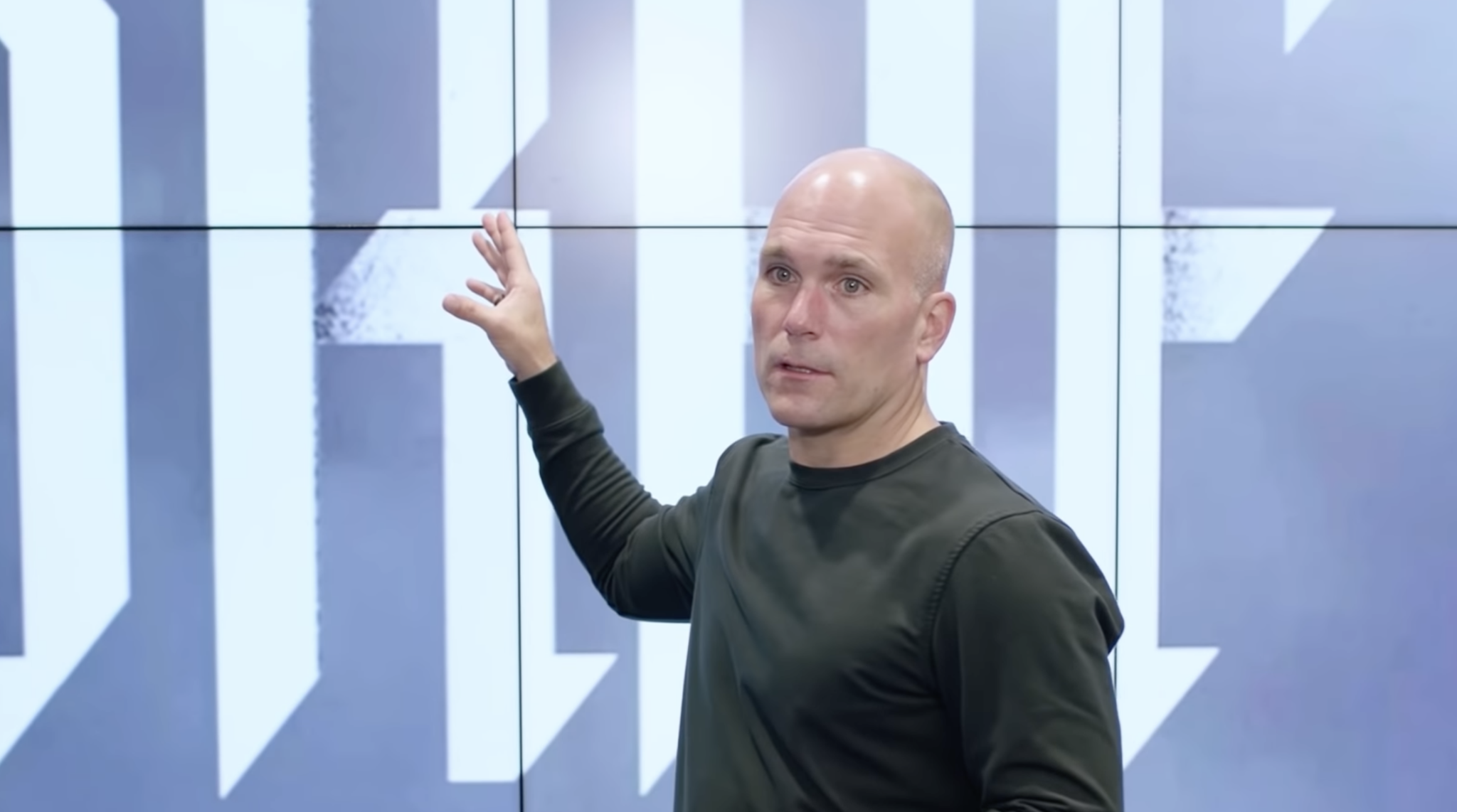With head injuries continuing to be such a serious topic of discussion, the NFL revealing on Friday that reported concussions rose to the highest level of the last four seasons doesn’t sound like good news.
After the league previously praised the way many players had adapted their style of play as the reason for a decrease in concussions in each of the previous two seasons, we’re now left wondering why there was a 54-percent increase in reported concussions from 2014 (123) to 2015 (190) in regular-season practices and games. The number of concussions in preseason practices and games went largely unchanged (83 in 2014 to 81 this past year).
Perhaps something did change that resulted in decreased safety in 2015 or maybe all involved parties — medical staff, officials, coaches, teammates, and even the concussed players themselves — are becoming more effective and responsible in recognizing and reporting concussion-related symptoms.
In other words, do these numbers represent an increase in actual concussions or is the league merely identifying more of them than it did in the past? According to NFL senior vice president of health and safety policy Jeff Miller, the number of players screened for possible concussions doubled from last year.
Ultimately, do we want concussion numbers that make us feel better or do we want to move closer to the truth and improving player safety?
Considering how skeptical most have been about the NFL’s handling of concussions over the years — and rightfully so — a higher number of reported concussions could reasonably lead us to believe that initiatives such as an independent trainer being stationed in the press box to watch for injuries and the 2015 introduction of the medical timeout rule are working — if even to remind everyone that this is a serious issue that can no longer be overlooked in the heat of competition.
Even if we haven’t solved the concussion problem, awareness has never been higher.
Errors are still being made as we saw with the concussion suffered by St. Louis quarterback Case Keenum in Baltimore in late November, but Pittsburgh’s Ben Roethlisberger self-reported symptoms in a game a week later, an act that likely would have been viewed as out of the question even a few years ago. You can only hope that more players take his lead as an example of not trying to play through a possible concussion.
The Ravens came under some scrutiny for the way they handled a situation in Miami on Dec. 6 when quarterback Matt Schaub slammed his head on the ground and immediately clutched his helmet with his hands, a sign of a potential head injury. The veteran wasn’t formally checked until a timeout was called a play later, but he remained in the game after passing concussion testing and the league cleared the organization of any wrongdoing the next day.
“I think whatever they do for safety — whatever they feel they need to do — is great,” Ravens head coach John Harbaugh said the day after the Dolphins game. “To me, you have one here that worked. We have experts who went out there and went through the process, and they’re very diligent and very conscious of concussions right now. That’s something that everybody is thinking about.
“I know mistakes have been made — I understand that — but I think you trust professionals to do their job and respect the fact that they know what they’re doing.”
It’s clear that the perception of head injuries in the NFL has changed dramatically as we no longer glorify “kill” shots that used to be featured on weekly highlight shows. Cincinnati linebacker Vontaze Burfict’s penalized hit on Pittsburgh’s Antonio Brown in the final moments of a tight playoff game earlier this month wouldn’t have drawn near the same outrage six or seven years ago.
To be clear, concussions will never be eliminated entirely unless we entirely eliminate football — as well as a number of other contact sports — but we can all invest in making the game as safe as possible at every level, which includes teaching proper tackling technique and recognizing and treating concussions effectively. Ultimately, players should know the risks now more than ever — even if we still have a long way to go in continuing to research concussions and the human brain — but we’re seeing longer recovery times than in the past, which is a positive with the NFL’s more-extensive concussion protocol.
This must also come with an understanding that recovering from a concussion has nothing to do with someone’s toughness or manhood, an antiquated notion that needs to be removed from the football culture entirely.
All of us — media and fans included — need to be smarter than that in 2016.
Concussions are an unfortunate part of the game that will not go away altogether, but that doesn’t mean we shouldn’t do all we can to avoid and minimize their impact.
Unfortunately, it’s just difficult to know what to make of the numbers released by the NFL on Friday.










